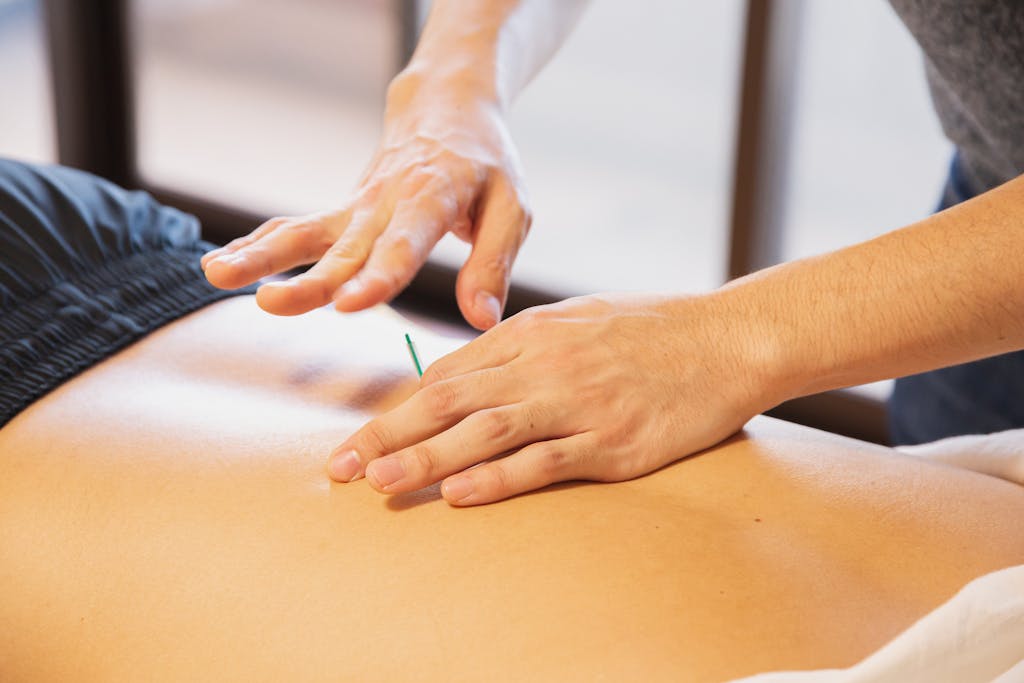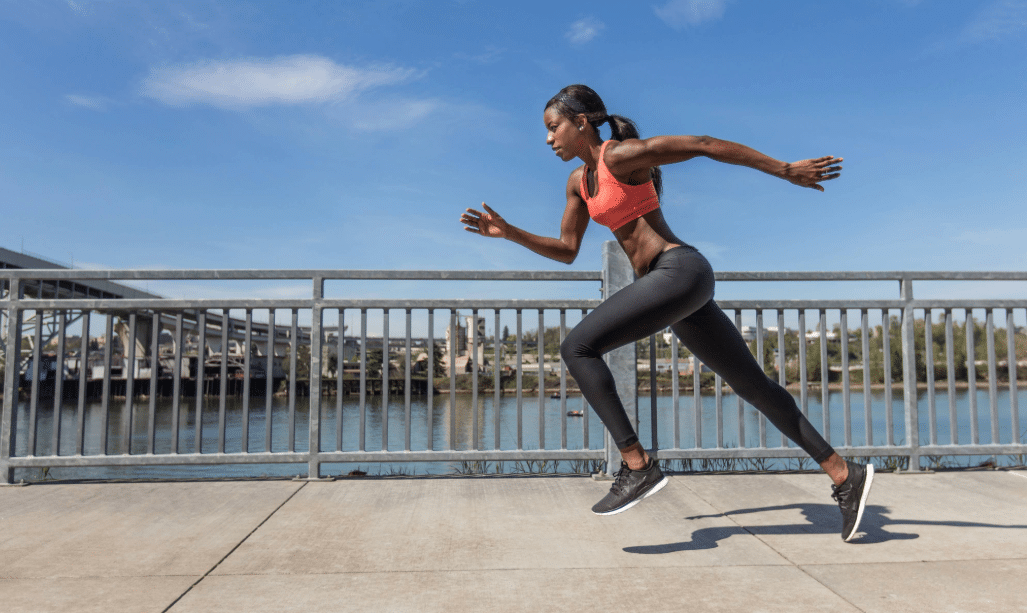Trigger Point Dry Needling
An effective treatment for myofascial (muscle) pain.
Dry needling is a technique used to treat myofascial pain syndromes by our team at VSI Physical Therapy, who are all certified in dry needling. Myofascial pain syndromes, also known as muscular dysfunction, have been recognized by medical practitioners for causing sensory, motor, and autonomic symptoms and dysfunctions since the 16th Century. Dry needling became a more popular treatment technique through the evolution of Drs. Janet Travell and David Simons collective research in mapping pain patterns associated with trigger points with myofascial pain syndromes. Myofascial pain syndromes are associated with palpable nodules or taut bands known as myofascial trigger points. Drs Travell and Simons discovered an injection of analgesic medication into trigger points caused a decrease in symptoms, pain, and sensitivity to touch in the trigger points. Through the evolution of trigger point dry needling research we now know pain relief is possible without the need for medicine to be injected into the trigger point. The research has shown the actual insertion of the needle alone causes stimulation of the muscle trigger point thereby causing a therapeutic benefit that can include pain relief or a reduction in abnormal muscular tightness/tone.
Living Life Again
At VSI, we celebrate every patient’s unique journey as a series of victories, regardless of how big or small. Our logo and brand were crafted for you, our incredible patients. Your progress towards your goals deserves the spotlight, reflecting our commitment to individualized treatment and care. Your Victories are what make VSI who we are! #MyVictoryStory

Conditions Treated
By Trigger Point Dry Needling
- Plantar fasciitis
- Lower back pain
- Neck pain
- Rotator cuff disorders
- Tennis elbow (lateral epicondylitis)
- Knee pain
- Achilles tendonitis
- Other myofascial related disorders
Frequently Asked Questions
Trigger Point Dry Needling









